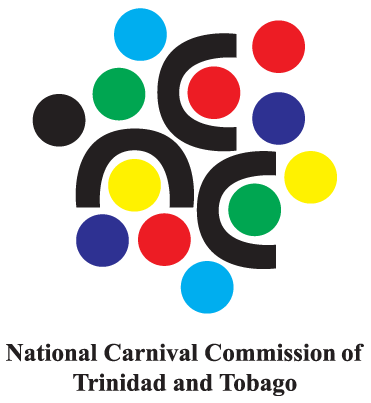History of CARNIVAL
Carnival in Trinidad and Tobago is celebrated before the commencement of the Lenten season. From 1783 for half a century, the French developed their Carnival , which was noted to be a season of gay and elegant festivities extending from Christmas to Ash Wednesday. These festivities consisted of dinners, balls, concerts and hunting parties.
The Africans started to participate in the festivities from 1833 after the Emancipation Bill was passed. The Africans brought Canboulay to its festivities. Canboulay was first played on August 1st, Emancipation Day , but subsequently took place after midnight on Dimanche Gras, the Sunday before Carnival.
In early celebration of the festival by the masses activities were held over the three days preceding Ash Wednesday. However in the face of over 60 years of criticism from the upper class about the low standard of Carnival and strong feelings expressed about the desecration of the Sabbath, in 1943 Carnival on the street was restricted to the Monday & Tuesday.
Carnival celebrations were banned for the duration of World War II. ( Andrew Carr, “Carnival” from David Frost Introduces Trinidad and Tobago, London: Andre Deutsch, c1975 )
History of the Steelpan
The story of the Steel band has developed into a legend where fact and fantasy have been interwoven. Various claims and counter claims have shrouded the birth and earliest development of the Steelband in a web of mystery. The development started from 1935-1945 and its was during this period that the Tamboo Bamboo and metal bands underwent a radical transformation.
These bands provided the medium for the dispossessed descendants of the African slaves to pursue their love of music and rhythm. They were chiefly identified with the street parades of the annual Carnival Celebrations, where the strongest influences were of the French Cerole and African traditions.
The Tamboo Bamboo bands consisted of pieces of bamboo cut to different lengths so that a variety of pitches could be obtained. These provided the rhythm for a percussion band, which was accompanied by a chant, usually a call and answer refrain.
Around 1935 some of these bands began using metal containers as substitutes for the bamboo instruments. The accidental discovery was made that a change of pitch occurred when surfaces of these metal containers were hammered and stretched. The young innovators experimented feverishly and soon the “first pan” or “ping pong” appeared with sufficient notes to carry a simple melody.
With the end of the war, the rival bands of Port of Spain ghettos took to the streets to celebrate V.E. and V.J days and to introduce to the world a new, exciting and exotic sound. Further experiments through the years, resulted in the development of a full range of instruments of the Steel Orchestra, as we know them today. ( Excerpts from document produced by Pan Trinbago.
History of Calypso
The Calypso in Trinidad and Tobago, is mainly of African origin, and can be traced to the traditions of West Africans in terms of music , structure and function. Calypso , which has been called a poor man’s newspaper in times when literacy was not wide spread , traces its roots to African traditions of improvised songs of self-praise and scorn for others, brought here by enslaved peoples. It developed to become both a dance and cultural record of events at first in single tone style with implicit meanings and a spicy flavour.
The roots of “Calypso” are diverse. Some argue it came from “kaiso” a Hausa word for “ bravo” ; some say the word came from the French “carrousseaux” a drinking party; or the Spanish “ calliso” a tropical song ; or the Carib “ carieto” ,meaning the same thing.
The first wave of professional calypsonians became known as the Old Bridgade, including singers such as Growling Tiger, Lord Beginner, Atilla the Hun , the Roaring Lion and Lord Pretender. By 1945 a new wave of singers rose to meet the demand for more entertaining songs. This Young Brigade included Lord Kitchener , Mighty Spoiler , Mighty Dictator and Lord Wonder, and later the Mighty Sparrow.
The Black Power marches in 1970 once again triggered a new generation of singers such as Black Stalin and Brother Valentino. A broad range of voices and musical experimentation was ushered in by Shadow, Maestro, Merchant and Explainer. In 1978 saw the Calypso Monarch competition being won by a woman for the first time. Calypso Rose signalled the entry of many more women on the Calypso stage.
Over the years the calypso art form has been transformed and presented in various categories the major ones being;-
Political Commentary, Social Commentary, Humorous, Soca, Ragga Soca, Chutney Soca , and Nation Building. ( “Roots and Traditions” produced for NCC )
